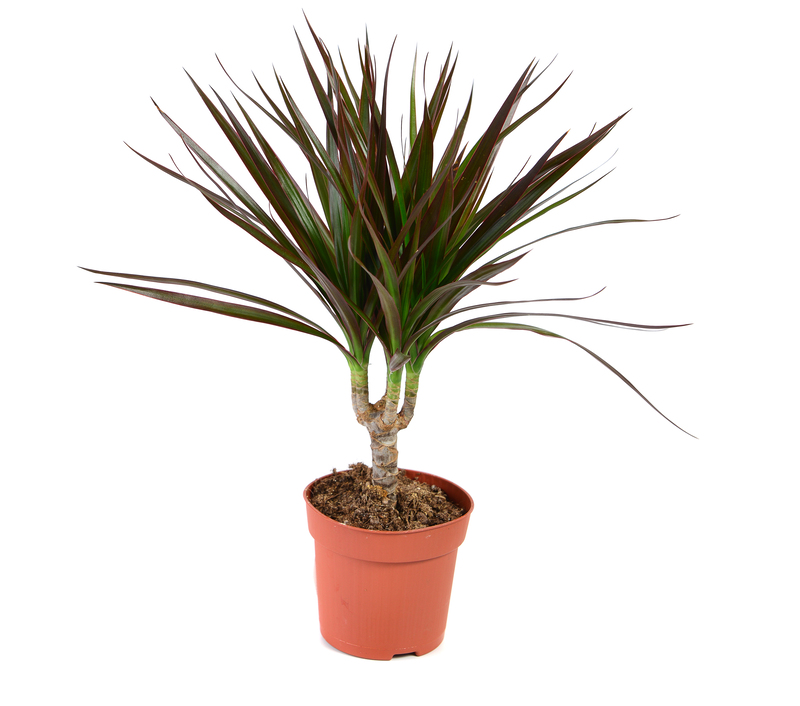Creating an Organic Vegetable Garden
Posted on 18/09/2024

Creating an Organic Vegetable Garden
Organic vegetable gardening is becoming increasingly popular as more and more people realize the importance of eating fresh, healthy food. There are many benefits to growing your own organic vegetables, such as knowing exactly what is in your food, providing yourself with nutritional produce, preserving a natural environment and supporting sustainable living. Growing your own organic garden can be a rewarding and enjoyable experience that doesn't have to be difficult or expensive. Here are some tips on creating an organic vegetable garden so you can get started right away.
Step 1: Prepare Your Soil
The most important step in creating an organic vegetable garden is preparing your soil for planting. To do this, you will need to gather the necessary materials, such as compost, mulch and manure. You can buy these from any garden centre or online store. It is important to make sure these items are certified organic, so you know that they don't contain any chemicals that could affect the health of your plants. Once you have all of the materials, you should spread them across the area where your garden will go using a shovel and rake. Make sure to mix the materials evenly so that the soil is well-prepared for planting.
Step 2: Choose Your Plants
Once you have prepared the soil for planting it is time to choose which plants you would like in your garden. There are a wide variety of vegetables to choose from, but it is important to consider which ones will be best suited to your local area and climate conditions. Consider what type of sunlight each plant will need and how much water it will require before making a decision. You can also research different types of plants online or ask for advice from someone at your local nursery who specializes in organic gardening.
Step 3: Plant Your Seeds
Now that you have chosen your plants, it is time to plant your seeds! Start by digging small holes in the soil using a trowel or hoe; then place two or three seeds into each one and cover them with dirt. Make sure not to overcrowd the hole as this can prevent the germination of seeds and reduce yields. Water each hole lightly after planting and keep them consistently moist until seedlings begin to emerge. If you want extra protection against birds and insects, try covering each container with a thin layer of mulch or plastic wrap until sprouts appear above ground.
Step 4: Weed and Water Regularly
As soon as sprouts appear from the soil, weeds will soon follow! Consistent weeding is essential for keeping your organic vegetable garden healthy as weeds compete with vegetables for crucial nutrients and water. The best way to remove weeds is through regular hand-pulling; however, there are other techniques, such as hoeing or mulching that may work better for larger areas with larger weeds or hardy shrubs/roots. Additionally, make sure to water regularly depending on weather conditions and be aware that too much water can drown roots, so adjust accordingly when needed.
Step 5: Harvest and Enjoy!
Last but certainly not least - harvest! Once fruits and veggies start appearing on plants it's time to reap the rewards of all your hard work! Make sure not to over-harvest (only take what is ripe) so that plants stay healthy and productive throughout their season; this will also ensure that there is plenty left to enjoy later on throughout the summer months ahead! Now simply sit back - relax - and enjoy all the deliciousness that comes along with having an organic vegetable garden!




